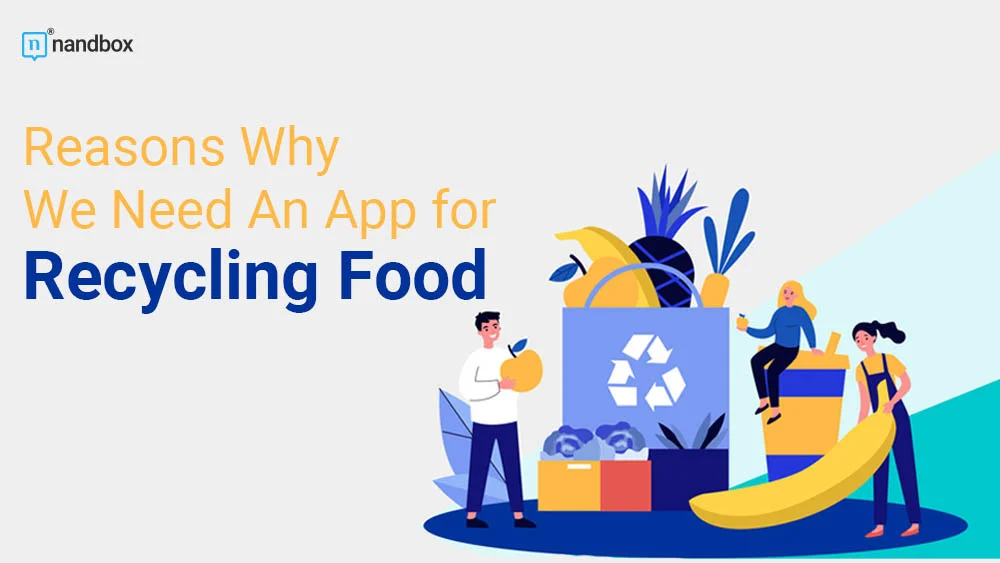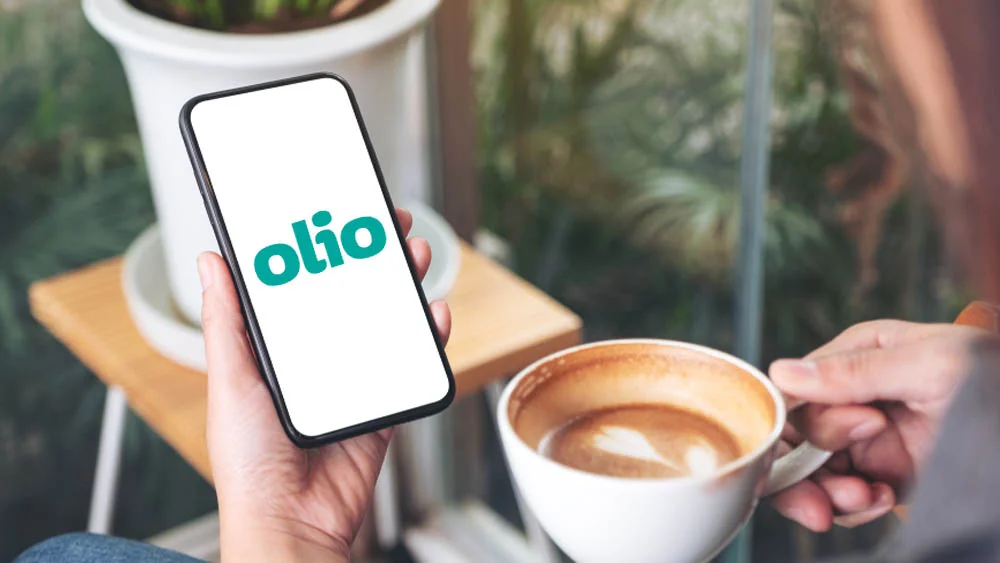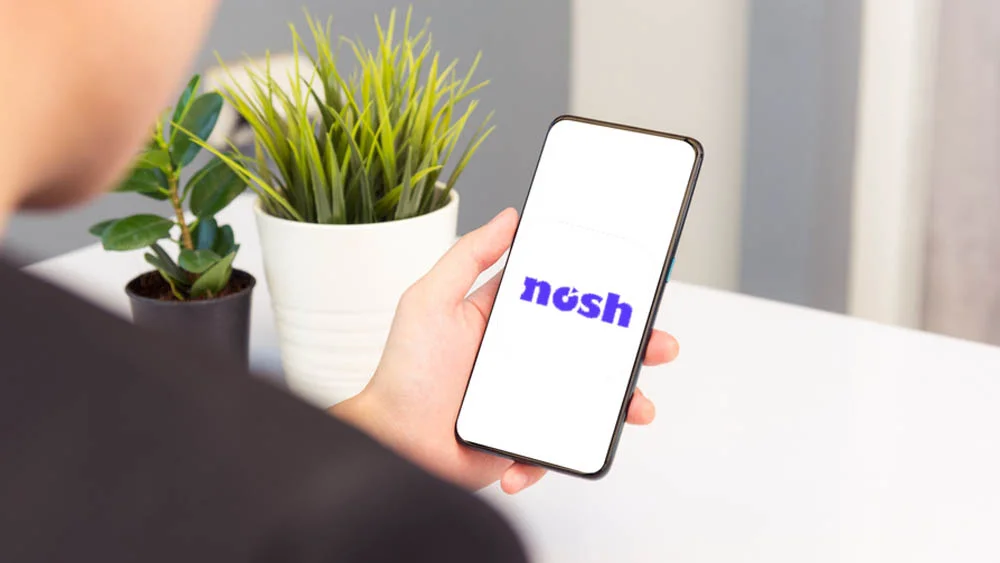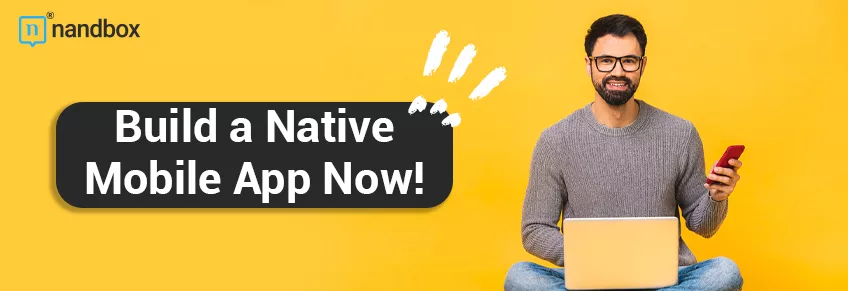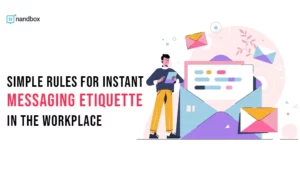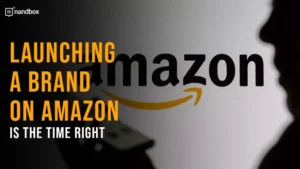How to Build a Food Waste Management App
The environmental problems we are going through at the moment should be our primary concern. All institutions around the world are now calling for strict and firm action to be taken. Thus, launching numerous campaigns to raise awareness about reversing the environmental damage that the world is suffering from. According to the United Nations, we only have less than 10 years to be able to reverse all the damage by achieving sustainability and prohibiting all the destructive habits that we developed many years ago. One of these major destructive habits is wasting food. In this article, we will explain thoroughly the problem of food waste and how we could prohibit such a situation. We will also show how to use prominent technology and tools like apps to create an app for recycling food.
What Is Food Waste Management?
First, before going into how to manage, let us talk about food waste. The United Nations and FAO usually define food waste as the process of disregarding food that is appropriate for human consumption. Whether doing this by getting rid of it or leaving the food to spoil. You certainly saw this scene or committed such an act at any restaurant when you left untouched food on your plate to go to waste. However, many people are unaware that all the food they leave behind is usually thrown away. As a result, more than 30% of food is wasted globally. That is why food waste has become a global crisis. The United Nations recently went on to include it on the list of sustainable development goals. This list contains 17 actions that must be accomplished to save the planet and achieve sustainability.
Luckily, with the awareness campaigns that have been rising in the last couple of years. People are now learning the consequences of all their actions. The term food waste management began to shine among people as a life-saving solution to recycle food and reduce food waste. This management can come in many forms and actions, such as donating leftover food to others in need, redistributing surplus food from restaurants for people to buy, managing spoiled food in ways that could help nature, and so on.
Best Food Waste Management Apps
The emergence of apps helped the implementation process of such action to be smooth and swift. As people now can find apps for all the sustainable goals they would like to achieve and follow them. For food waste management and recycling, it is as easy as pie to find an app that would help you accomplish it. There are a variety of apps for recycling food such as:
Olio
The first on our list is Olio. Olio is not only concerned with managing and recycling food waste; it also includes recycling all kinds of things you have. Through Olio, you can easily declutter your place by passing on things you no longer need to someone in need. Of course, including food. All you need to do is take a picture of the item you don’t need, such as books, clothes, food ingredients, or meals, and share it on the app. The people nearby or in your local community will get notified and whenever someone wants to pick up the item, you will get a message. Olio also encourages sharing the process of distributing and sharing with others on the app. After all, sharing is caring!
Nosh
Nosh is not your standard app for recycling food. Although it serves the purpose perfectly, it does so in a different way. Nosh lets users scan and insert all the food and goods they have on the app in the form of an inventory. The app has everything about the products registered, including the expiration date. It constantly reminds people of all the products they have to make sure nothing gets disregarded. Once a product reaches its expiration date, the app sends an alert to the user as a reminder. It also gives users a wide variety of recipes and ways they could consume this product. And if a product gets spoiled, the app also shows the user how to use and take advantage of it.
Karma
Lastly, there is karma. Their slogan is “Save food with a tap,” which is exactly what they are aiming for. Karma is an app that connects users who are trying to achieve sustainability and reduce food waste with all the local and global restaurants nearby—literally all of them. The Karma app has an enormous and exceptional list of restaurants, which provides users with many options to choose from. On a daily basis, restaurants would list and display all the surplus food on the app and people can buy it. Bear in mind that the food is 100% safe for consumption and in good condition. Users use this app to reduce food waste and, in another way, get delicious food at a cheaper price. What a great bargain!
Are Apps an Effective Way to Reduce Food Waste?
So, the great question is, are apps effective or are there enough ways to reduce food? Well, the answer is both yes and no. Let us begin with the “no,” as it is more brief. To reduce all the food waste around the world, which reaches up to 1.3 billion tons. This needs exceptional effort to reduce and recycle. So, it is safe to say that apps are not effective enough without people’s awareness. The moment each and every person realizes the huge crisis of food waste and steps to take action, then we can say that apps are 100% effective.
Now to the “yes” part. Apps are very effective in reducing food waste for various reasons; let me list some for you.
First is accessibility; the process of food waste management is not an easy one. It requires much effort and time to be executed properly and effectively. Also, many people live in communities where nearly no one does this or is even aware of it. However, the presence of apps made it possible for people from all around the world to access and perform actions that helped achieve this goal in an easy and simple way. People can now easily go to any app store, download one of the apps listed above, or any other app for recycling food and starting their journeys. As simple as that!
Another reason that proves apps’ effectiveness in reducing food waste is that they create a window for communication in different communities. Apps are a perfect method of communication. In the case of food waste management apps, it helps establish strong bonds and relationships between people in the same local communities and different communities with each other. As it encourages and promotes sharing, it creates a sense of awareness and generosity.
How to Create the Best App for Recycling Food
Identify the Main Problem
Finding the right problem to address is the first step in developing an app for recycling food. You need to ask yourself a couple of questions. Do you plan to solve the problem of food waste at restaurants, at homes, or in big communities? Also, do you plan to give people solutions or just help them connect and share products with one another? What exactly is the issue with food waste that you are hoping to solve? This step would be very beneficial in choosing and integrating features later on. It is all about gaining in-depth familiarity with the problem you’re trying to solve. Make sure your app will be useful and relevant by conducting market research and getting feedback.
Research Potential Target Audience and Their Needs

Researching your potential users and their needs is essential before developing an app for recycling food waste. This will provide you insight into what kinds of features and functions your app should have to attract and draw them in. If your audience consists primarily of individuals, you might think about including tools that allow people to keep track of the food they have, offer advice on how to use it, and cut down on food waste, just like Nosh. However, if you are targeting a restaurant, the app would have a whole different plan. You’d focus on connecting these restaurants with people interested in consuming surplus food. Gather information from your intended audience through polls, interviews, surveys, and focus groups. Make sure your app has the features people really want by analyzing all the data you’ll get to improve it.
Determine the Key Features and Functionalities of Your App
Once you have a clear understanding of your target audience and their needs, it’s time for the fun part. Which is determining the key features and functionalities of the ultimate app for recycling food. Some important features and functions you need to consider include the ability to track your products and food waste, provide tips on reducing waste, and connect users with local restaurant lists that offer surplus food. An even more fun feature is offering rewards for reducing waste, as it can be a great motivation for many other people to do the same. You may also want to include a social platform feature like the one in the Olio app. This will encourage users to share their progress and inspire others to reduce their food waste.
Develop and Test the App, and Launch It to the Market
After your food recycling app has been designed and developed, it is time to put it through some tests and launch it to the public. The success of your app and the satisfaction of its users depend mainly on a rigorous and proper testing process. You can go for an internal testing process, which includes yourself and your team, or an external one, which includes a small sample of potential users. After gathering the feedback, you can make whatever modifications you think are required based on their feedback. Also, upon releasing your app to all the app stores, make sure it is supported with a great marketing plan that will help promote your app and raise awareness of the situation of global food waste.

